Setup
Before you benchmark your phone or tablet, you’ll want to charge it completely. Then kill all background tasks in the multitasking menu. You don’t want anything to interfere with your tests. Also you might want to put it in Airplane mode to prevent it from fetching mail or receiving calls. A good benchmark tool to try is the Samsung Task Manager. This tool is particularly suited for Samsung users.


Ensure the ambient temperature isn’t too hot, as the difference in results can be dramatic. If you’re running a bunch of these tests quickly and find the device is getting hot. Causing benchmark scores to fall, try removing any heavy cases like Otterbox’s Defender. They act like insulation. You can record results using the app’s online databases. Virtually all benchmarks feature one or take screenshots of scores for reference later on. First, don’t do it during the benchmark. In fact, don’t touch your device at all during a test run. None of these apps take long to run. Set it down, press start, and wait.
Interpreting Results
Don’t expect test results to tell you everything. Established designs sometimes outperform newer replacements thanks to better cooling or highly-tuned code. More significant devices like tablets have more space to play with, allowing the use of faster, more power-hungry chips. Also in play are manufacturer-carrier Android add-ons that significantly affect how fast a device can feel. The HTC One (M8) doesn’t have the fastest Snapdragon processor, yet its slickly tuned interface makes it feel top shelf. Samsung’s Touchwiz has the opposite effect, introducing the occasional pause or hiccup. That can make their hardware designs seem less cutting-edge than they really are. And, of course, the fastest phone isn’t necessarily the best. You must consider size, design, materials, camera quality, sound quality, and more.
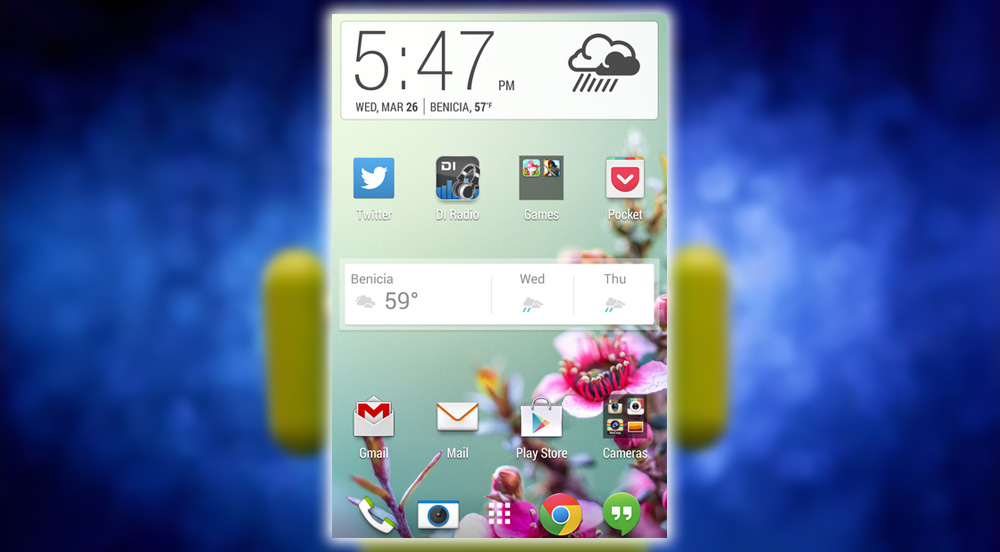

Gamers have unique needs when it comes to performance. Super high-density screens are easy on the eyes. Still, it’s tough for small, low-power mobile graphics processors to run games smoothly at really high resolutions. As displays skyrocket to 4K, selecting a device with a fast graphics processor and a slightly lower display resolution can help keep those 3D games running smoothly.
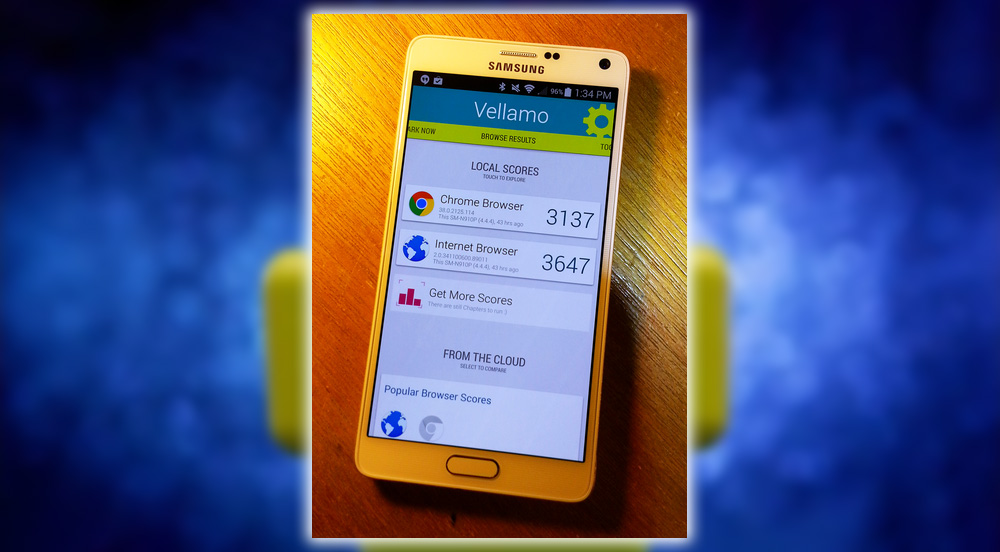

Most of the benchmarks here are also available for operating systems other than Android. GPS-platform benchmarks are helpful because they provide a satellite view of where your hardware lives in the broader tech world. Sure, it’s nice to know if your tablet is as fast as an iPad Air 2. But it’s just as interesting to know how it compares to a thin, light laptop.
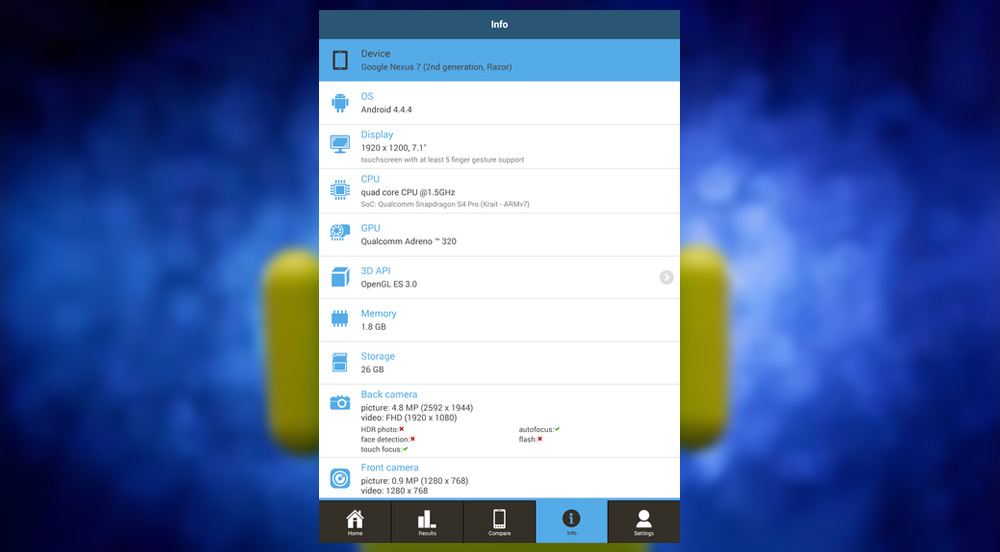

3DMark
3DMark reigns supreme for gamers and has made impressive headway on other platforms as the factored standard for 3D benchmarking. The free Android version includes a flashy demo reel as well as the physics G tests. From the Ice Storm module of the Windows suite. While adding a few mobile-specific queries like battery life tests.


Usage is push-button simple. Results are shared online via Futuremark’s cloud database web comparison system. It’s easy to see where you sit on the ladder;. However, this feature isn’t exclusive; Futuremark has been doing it longer than anyone else. So the tools provided for comparing, recording, and sharing are mature and well-executed.
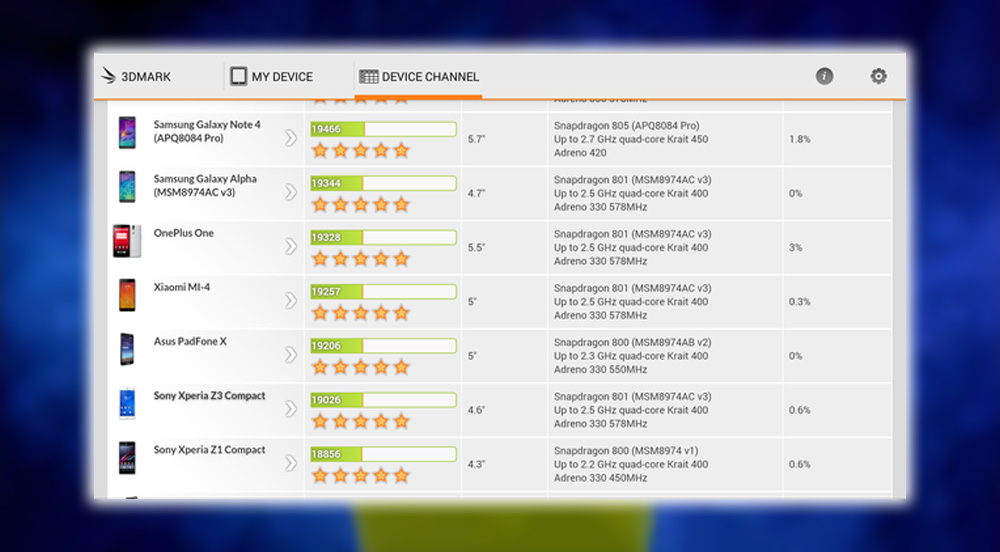

C test results track with real-world usage but are geared more towards gaming loads than everyday operations. The battery test is handy but has the same limited scope. It only gives you an idea of how long your device will last while pushing pixels as hard as it can.
GFXBench 3.0
3D isn’t the only game in town regarding mobile G benchmarking. GFXBench arrived early in Android’s history and delivered more detailed results than Futuremark’s flagship. It’s also smaller, a significant advantage. If space is at a premium and your phone or tablet doesn’t support removable media. GFXBench is all about the details. The developers serve them up page after page. You get more than framerates; the numbers aren’t abstractions. Driver overhead figures, rendering quality tests, precision, and computing performance all get attention. Taking GFXBench beyond gaming deep into graphics geek territory. Like 3D, you also get access to a cross-platform database that extends to desktop systems. But GFXBench doesn’t leave Mac users out in the cold.
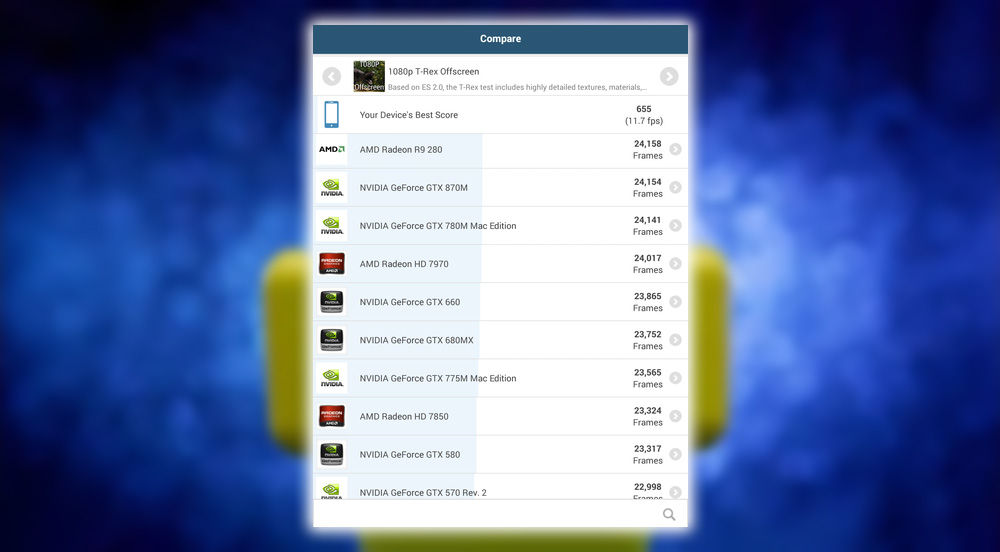

Accurate results aside, certain areas of the test look decidedly low-rent these days. Objects, effects, lighting, and other aesthetics require a makeover.


Vellamo
The hardware moguls at Qualcomm may have created Vellamo, but they don’t play favorites; the results show no favoritism towards Snapdragon processors. Vellamo doesn’t test everything. It’s mainly focused on testing browser speed. But also includes a mode called Metal that goes low-level for C, memory, bandwidth testing. And a Multicore mode that tests the efficiency of thread latency handling.
Browser benchmarks may have fallen out of favor as stand-ins for proper mobile C tests. However, they can still tell you quite a bit about the efficiency of the web browsing engine. On Android, changing your browser can have a massive impact on performance. Like most packages here, running the main suite takes a single button press. But some of these tests run a few minutes, so bring along some patience. Fortunately, Vellamo is a pleasure to use. With elements of Material Design already incorporated into the user interface ahead of Lollipop’s release, so waiting isn’t a chore.
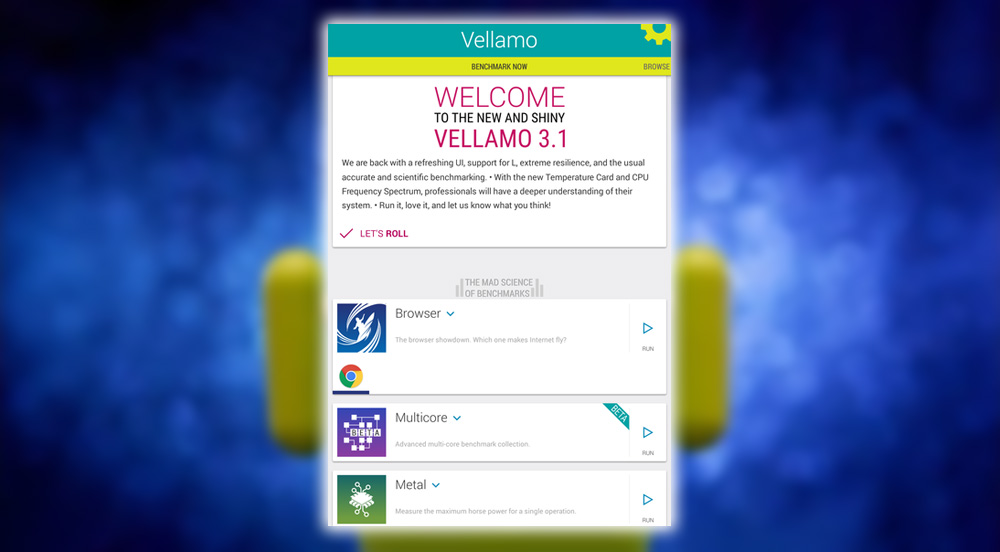

Swiping left on the start screen brings up the results table, device comparison list, and information panels. However, you won’t find desktop computers or operating systems other than Android represented here. Qualcomm’s benchmarking largess extends only to compatible hardware.
Geekbench 5
Unlike the others, Geekbench sneers at fashion wear. Its sparse starting page is like a hoodie at a shareholder’s meeting. No starship battles occur onscreen during the tests, and no floating transparencies adorn the results window. All you get is a progress bar that slowly moves across the screen from zero to 100. When everything’s done, you get in-depth results tables about the speed of your C memory subsystems. After spending a lot of time with these apps. I can tell you from personal experience that sometimes just getting the numbers straight up is more appealing than it sounds. Geekbench serves them up quickly, too.
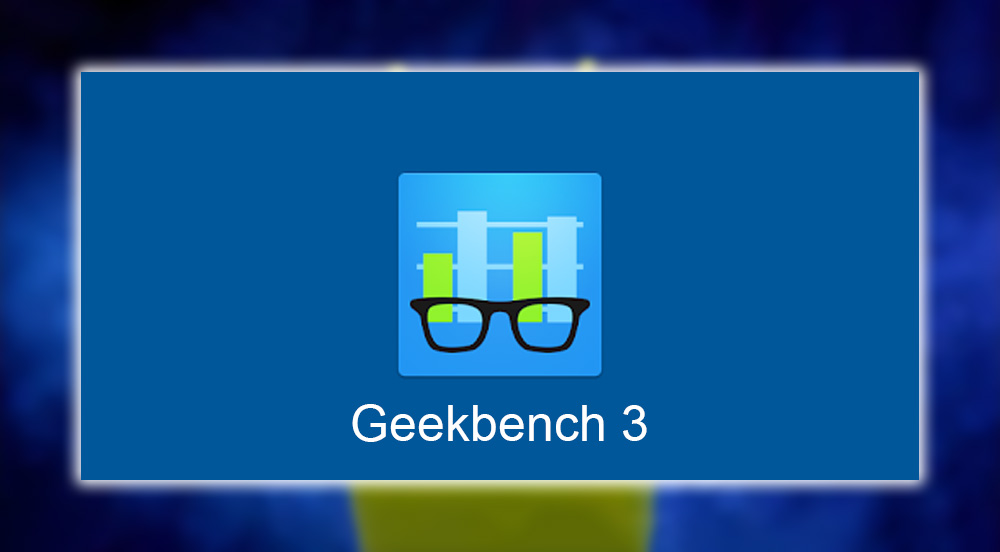

Results are broken down into Integer Memory sections with device rankings for single multi-core results. There’s enough detail to satisfy most queries about these subsystems. Developer Primate Labs provides an online results browser to manage your scores. With C testing, Geekbench is everything you need, with nothing you don’t. That’s a handy mix.
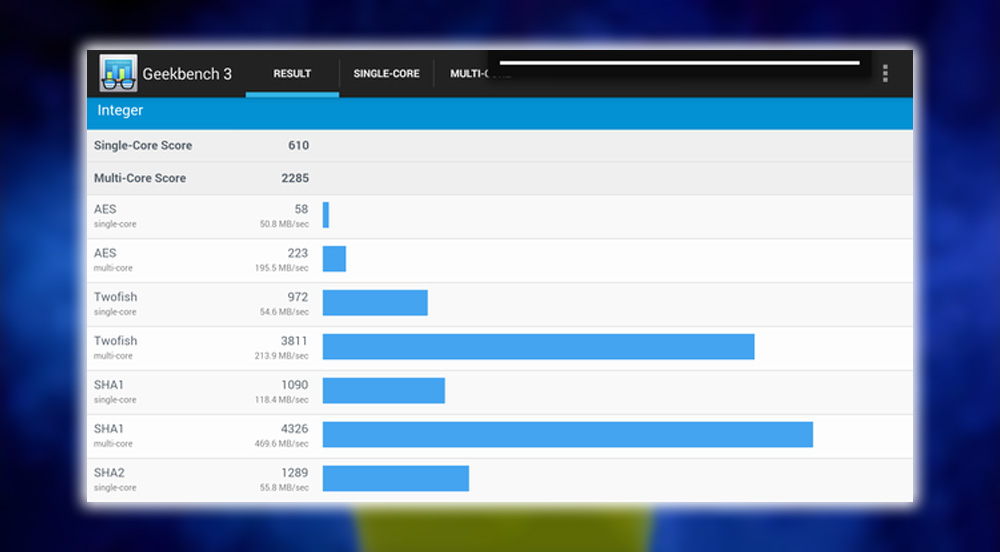

Basemark GPU
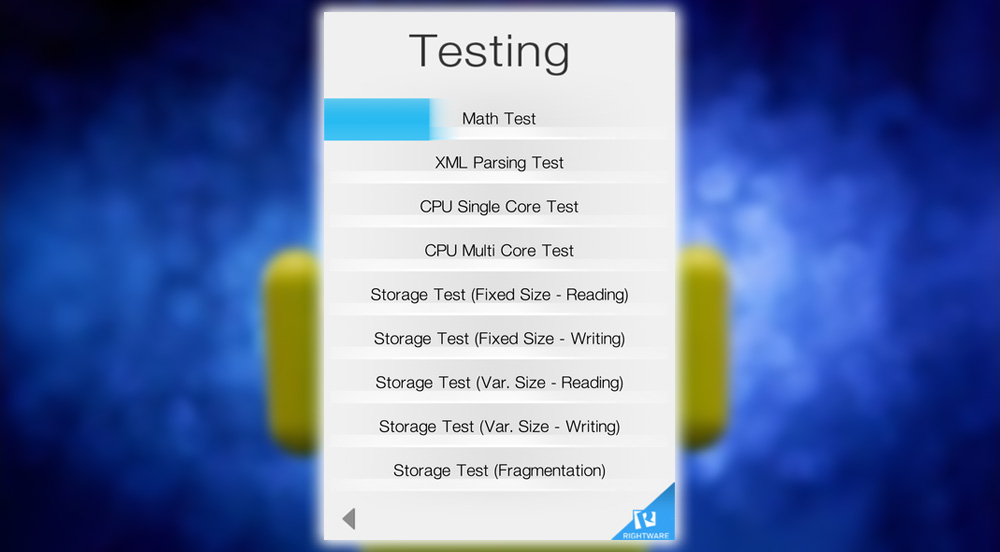

Basemark X tests the gaming performance of the GPU using the popular Unity engine. Several quality levels are supported; you can boost the shadow level, texture size. And image effects to pour on the pressure for newer hardware. Basemark X has the same flaws as its sibling, making users pay for features other packages give away. Valuable items such as resolution settings and score breakdowns are reserved for paying customers. Just like its counterpart, you can’t buy the full version on the Play Store. There’s plenty to like here. Otherwise, Basemark X’s wide adoption means this one is worth putting alongside 3DMark or GFXBench. Even if it means missing a few bells and whistles or shelling out for the full version.


Antutu 5
Antutu, the venerable Android benchmarking standby, received a significant update to version 5, addressing a few gaps in C and G benchmark testing that had opened up with age. Single-core C performance is now included as core counts have begun to climb faster. Than developers can write the software that uses them. Diminishing returns are starting to kick in. The G benchmark also gets a facelift, upping complexity by adding the Havok Vision Engine for real-world gaming results. Full support for Lollipop, ART. And the new 64-bit hardware from Qualcomm Nvidia means Antutu 5 is ready for the latest hardware.
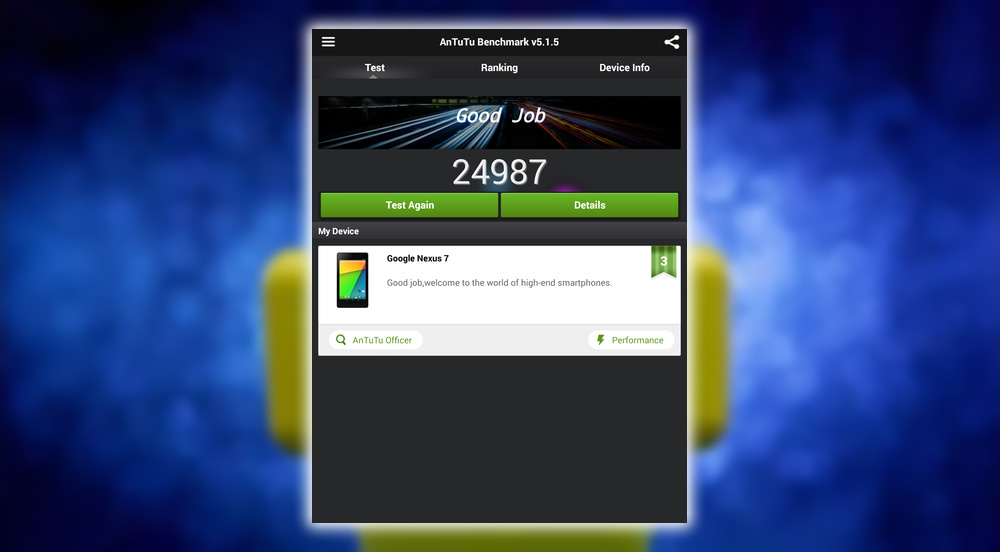

The results here are accurate but broad rather than deep. As a light, all-in-one benchmark Antutu is hard to beat, which explains why you see it cited everywhere. However, this lack of depth can find you looking for other benchmarks when you need to dig down. The more extensive packages aren’t that complex to use or read anymore. That, the nag to install Clean Master every time you quit can make you wonder why you keep it around. You almost certainly do not need Clean Master.
Ookla (aka Speedtest.net)
Mobile devices aren’t all about hot hardware. They are also highly dependent on carrier performance phone location for their perceived speeds. Snappy devices can feel dead in the water when you’re stuck with a flaky E signal. Ookla is an internet speed meter that runs bandwidth latency tests to servers in any region you specify, from a nearby city to across the continent.
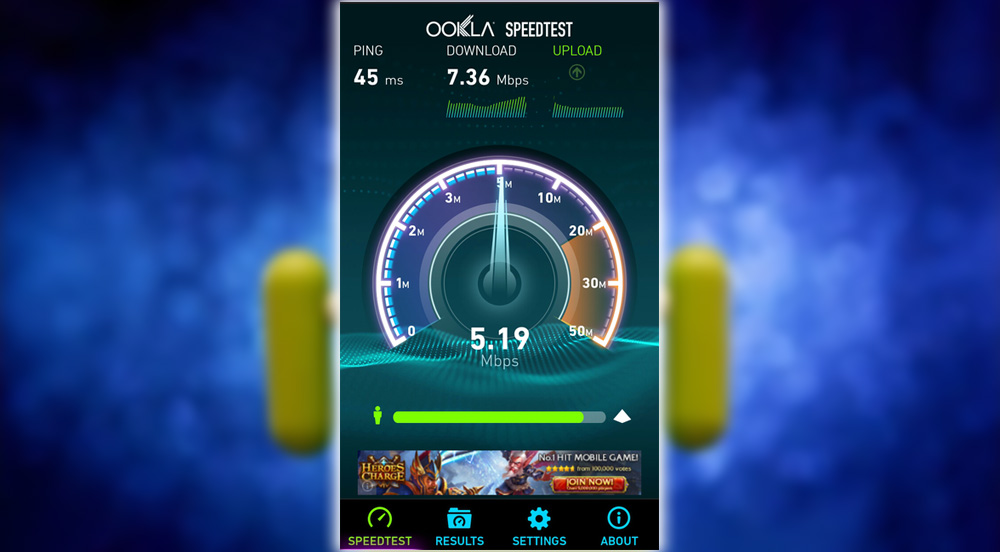

Net speed tests have plenty of uses beyond the obvious. With Ookla, you can see if your carrier is playing games by throttling your unlimited data rates to dial-up speed. Or if your new 4G phone is faster on its own cellular network than your home Wi-Fi. The answers might surprise you.
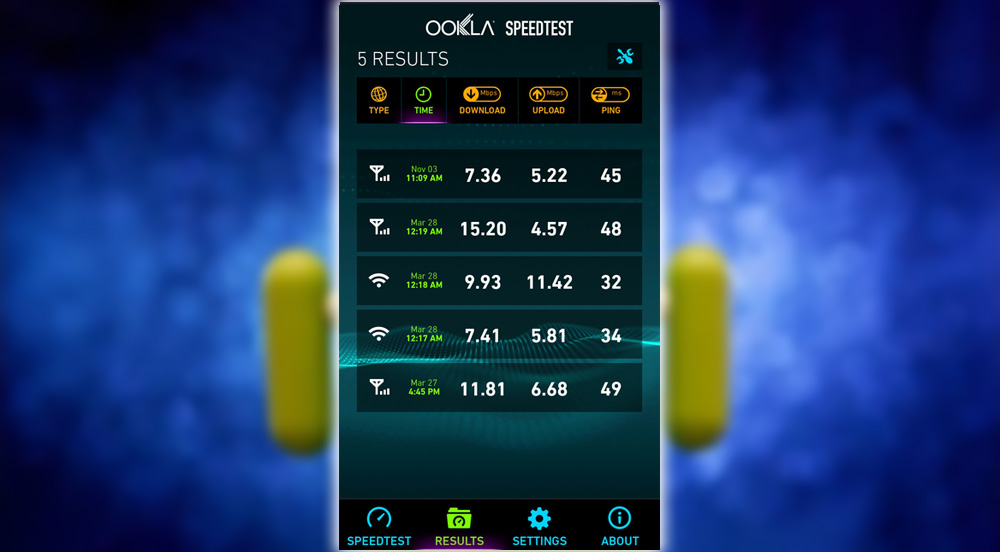

Which is Faster?
Benchmarks tease out problems quicker than any other type of software. They’ll turn you into a hardware expert in the blink of an eye. Don’t get too carried away, though. There’s a lot more than numbers to consider when it comes to performance. Speed freaks will run into the hard reality that high-end desktop and even laptop systems are orders of magnitude. More potent than anything in the mobile space today despite claims of desktop-class performance coming from every manufacturer. From Apple to Nvidia.
On the other hand. Try booting a modest desktop system with the minuscule 5 watts of power most mobiles thrive on. Impressive performance comes in all kinds of packages, big and small. In just a few minutes, with some free apps that help you determine. If that hot new phone is much faster than the one you’re using now.














